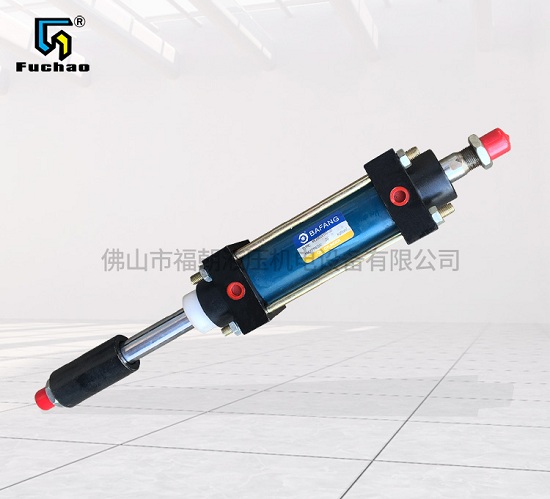Hydraulic cylinder It is a commonly used hydraulic actuator in the industrial field, and its bearing capacity is directly related to the use effect and safety of equipment.
Therefore, in the production process of hydraulic cylinder, its bearing capacity must be strictly tested.
The bearing capacity of hydraulic cylinder mainly includes static load bearing capacity and impact bearing capacity.
Static load carrying capacity refers to the maximum external load that the hydraulic cylinder can bear when it is stationary,
The impact bearing capacity refers to the ability to bear the transient load (impact force) during the working process.

In order to test the bearing capacity of the hydraulic cylinder, Hydraulic cylinder manufacturer The following methods are usually used:
1. Static test:
Static test refers to installing the hydraulic cylinder on a special test bench,
Test the bearing capacity under static state by applying different external forces or loads.
By continuously applying external force and gradually increasing load,
Record the deformation and deformation degree under different loads to determine the static load carrying capacity of the hydraulic cylinder.
2. Dynamic test:
The dynamic test is to connect the hydraulic cylinder with the Hydraulic system Connect them and supply hydraulic pressure through the hydraulic pump on the workbench,
Make the hydraulic cylinder work cycle and test its bearing capacity in actual work.
In the working process, the working state and load condition of the hydraulic cylinder can be monitored in real time through the sensor, so as to determine its impact bearing capacity.
3. Fatigue test:
Fatigue test refers to carrying out heavy load and high frequency working cycle on hydraulic cylinder by simulating actual working scenario,
To test its bearing capacity and durability during long-term use.
The endurance performance and safety of hydraulic cylinder in actual work can be determined through fatigue test.
When testing the bearing capacity of the hydraulic cylinder, the manufacturer needs to strictly follow the relevant standards and regulations to ensure the scientificity and effectiveness of the testing process. Through the test, the quality and performance of the hydraulic cylinder can be comprehensively evaluated to ensure its stable and reliable operation in practical application, thus ensuring the safe operation and efficiency improvement of the equipment.



